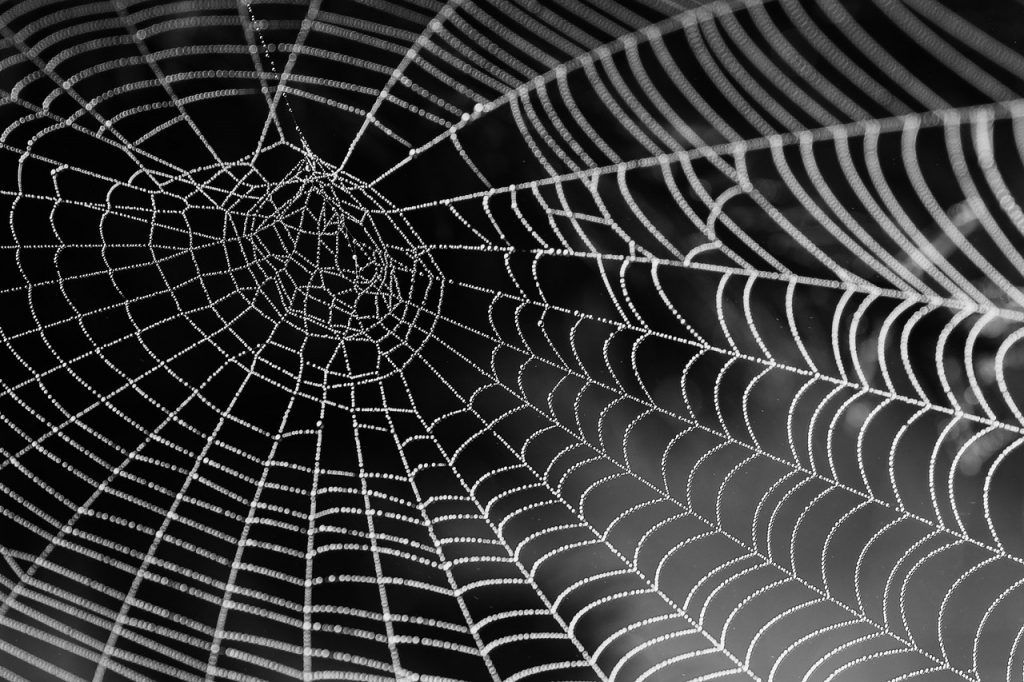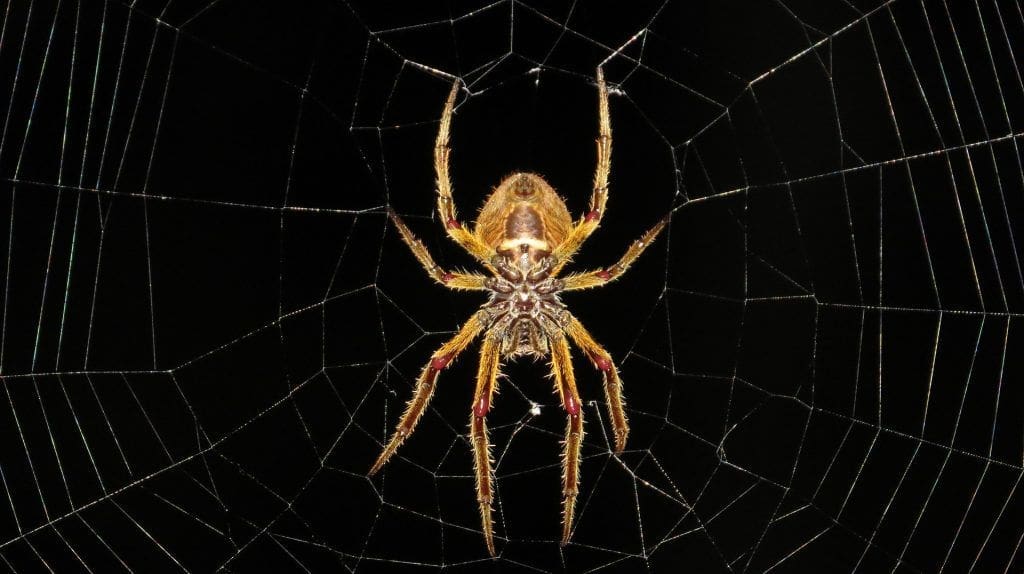Spider Graphene
Spider-Man has a long list of much sought after superpowers and abilities – super strength, agility, super speed, heightened perception. These all run the conventional gamut of a typical superhero’s repertoire, but his defining power is his web-shooting. Traversing through New York from web to web, ensnaring evil doers in cocoons of spider-silk – it’s what makes Spider-Man who he is. But is that even feasible?
Spider-Man might not be real (sorry kids), but believe it or not, scientists have created spider-silk that can hold the weight of humans, by engineering a unique spider-silk/graphene blend, with the help of spiders. It looks like there’s potential for comic book nerds across the globe to live out their dreams after all.
Graphene is the world’s first two dimensional material – one million times thinner than a human hair, 200 times stronger than steel, transparent, flexible and impermeable. Relative to weight, spider silk has strength rivaling that of steel and kevlar. Scientists have combined the two, with the spiders themselves creating this bionic material, five times stronger than the original spider silk.

Nicola Pugno and the team from the University of Trento sprayed spiders with two different mixtures – a water-graphene particle mixture, and a water-carbon nanotube mixture. The spiders then incorporated the sprayed mixture into their silk, weaving the carbon fibres into the silk as it’s spun out.
The carbon nanotube mixture produced the strongest webs, with its strength comparable to limpet teeth – the strongest biological material ever tested. So what do these super spiderwebs mean for us humans? Spider-man like web shooters might not be on the list of priorities for scientists, but there is exciting potential in the fields of fibre creation – think ropes and cabling of comic book strength.
The tensile strength, light weight and flexibility of this graphene web hybrid means that even though you might not be swinging through the sky with webs, you could be floating back down to Earth with a web-based parachute instead.

